The 89-page document makes interesting reading.
Pay particular attention to Part III, "Predicted Outcomes."
Here are some scary facts about CABG:
- Neurological abnormalities after CABG are a dreaded complication. The reported incidence ranges from 0.4% to nearly 80%, depending on how the deficit is defined (46–48). Neurological derangement after CABG has been attributed to hypoxia, emboli, hemorrhage, and metabolic abnormalities (49,50). Despite the many advances made in cardiac surgery, postoperative stroke remains a problem.
- Deep sternal wound infection has been reported to occur in 1% to 4% of patients after CABG and carries a mortality rate of nearly 25% (57,58). Studies have consistently associated obesity and reoperation with this complication, while other risk factors such as use of 1 or both IMAs, duration and complexity of operation, and the presence of diabetes have been reported inconsistently.
- The first major multicenter study of renal dysfunction after CABG surgery has recently been published (67). This study of 2,222 patients who underwent myocardial revascularization with CPB defined postoperative renal dysfunction (PRD) as a postoperative serum creatinine level of
 2.0 mg/dL or an increase in the serum creatinine level of
2.0 mg/dL or an increase in the serum creatinine level of  0.7 mg/dL from preoperative to maximum postoperative values. PRD occurred in 171 (7.7%) of the patients studied; 30 of these (18%, or 1.4% of all study patients) required dialysis. The mortality rates were 0.9% among patients who did not develop PRD, 19% in patients with PRD who did not require dialysis, and 63% among those who required dialysis.
0.7 mg/dL from preoperative to maximum postoperative values. PRD occurred in 171 (7.7%) of the patients studied; 30 of these (18%, or 1.4% of all study patients) required dialysis. The mortality rates were 0.9% among patients who did not develop PRD, 19% in patients with PRD who did not require dialysis, and 63% among those who required dialysis.
- CABG is potentially indicated for 2 symptom-based indications: to alleviate symptoms of angina pectoris over and above medical therapy and to reduce the incidence of nonfatal outcomes such as MI, CHF, and hospitalization. [You must ask yourself why your doctor doesn't want to treat your angina with medicine before using the "big guns of CABG.]
- The operative mortality of reoperations for CABG is distinctly higher than the mortality of first-time operations. Reoperative mortality increases with the urgency or severity of symptoms, age >65 years, <1> and low EF (34)(Table 15) (553–555). The highest risk seems to be associated with a short time interval between the first operation and the subsequent need for reoperation. Christenson et al (34) group of patients who underwent reoperation <1> their first CABG. This figure was compared with an 8% mortality in those patients who had an operation-free time of >1 year. The presence of diabetes was greater in the group undergoing operation in <1> reported a reoperative mortality risk of 18% in a
- The second important indication for CABG, after relief of symptoms, is prolongation of life. The randomized trials of CABG versus medical therapy have defined patient subsets whose survival is enhanced. These patients tend to be those with advanced coronary disease: notably left main disease and triple-vessel disease (or double-vessel disease including a proximal LAD stenosis) combined with LV dysfunction.







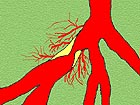
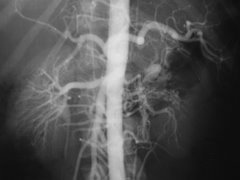

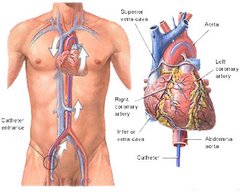
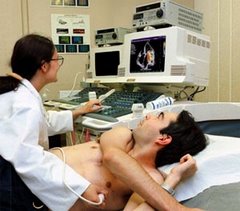
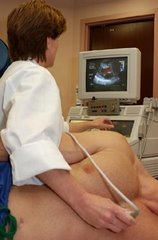
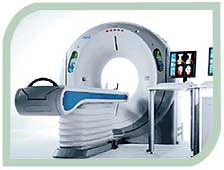
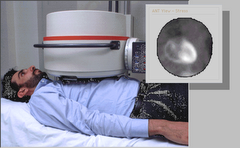
No comments:
Post a Comment